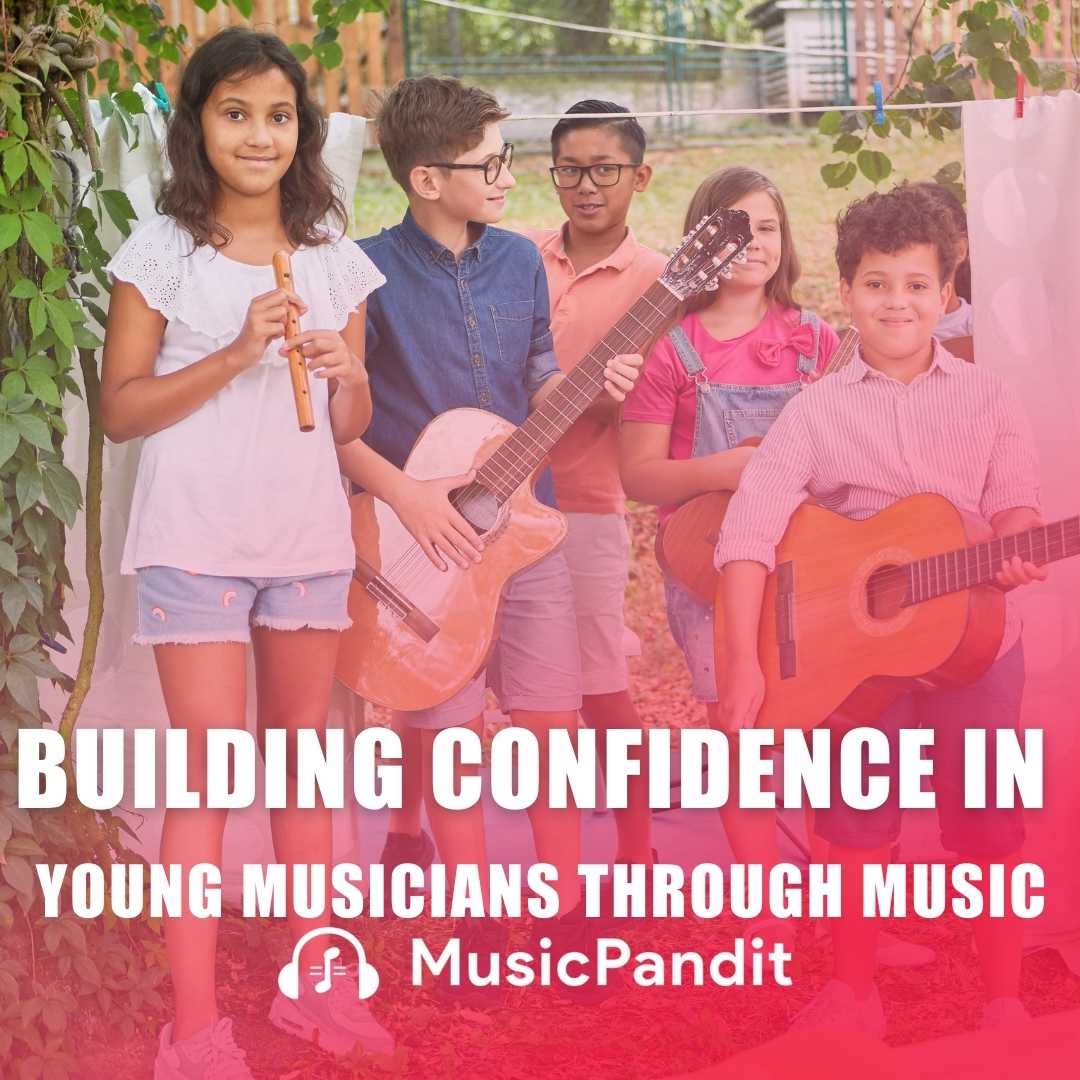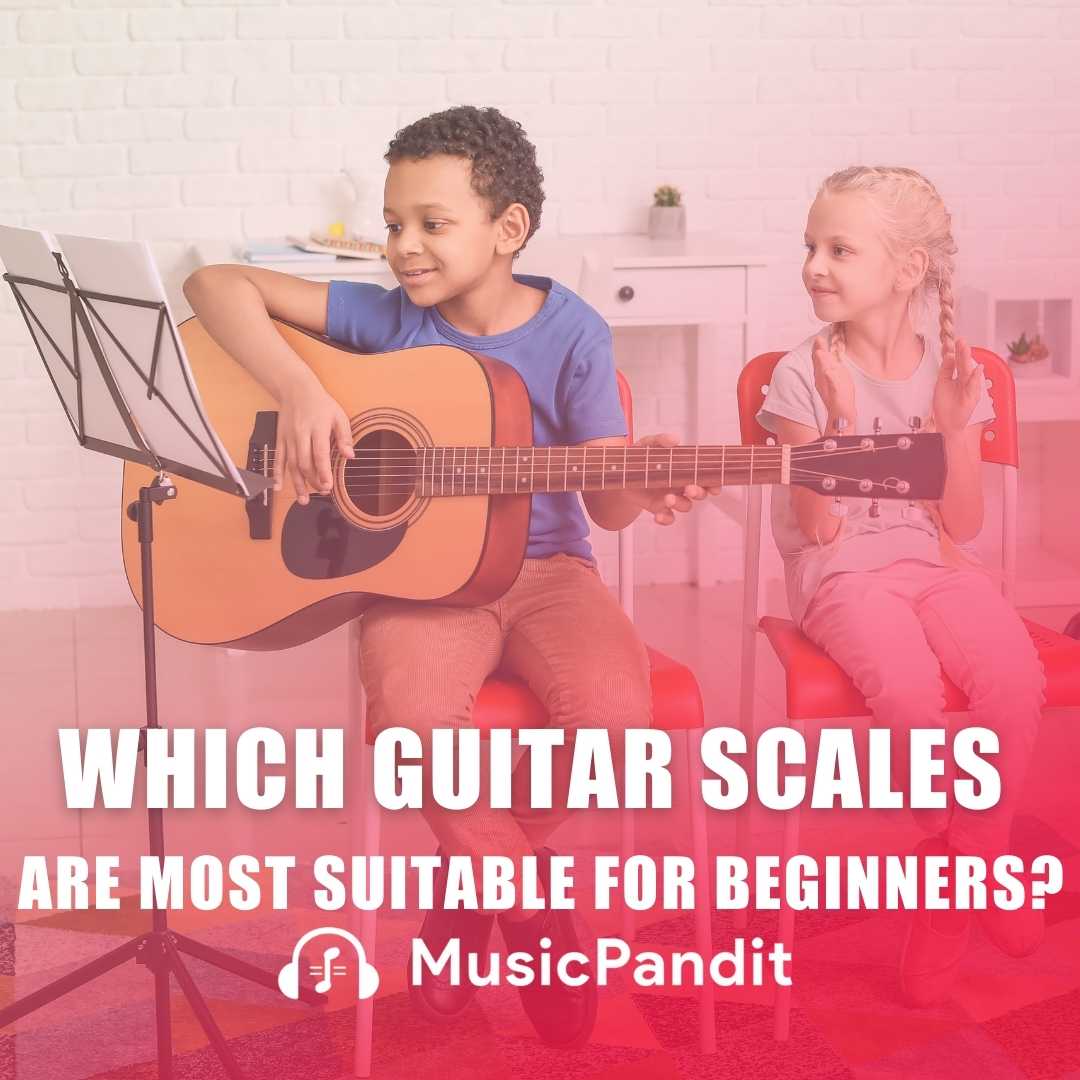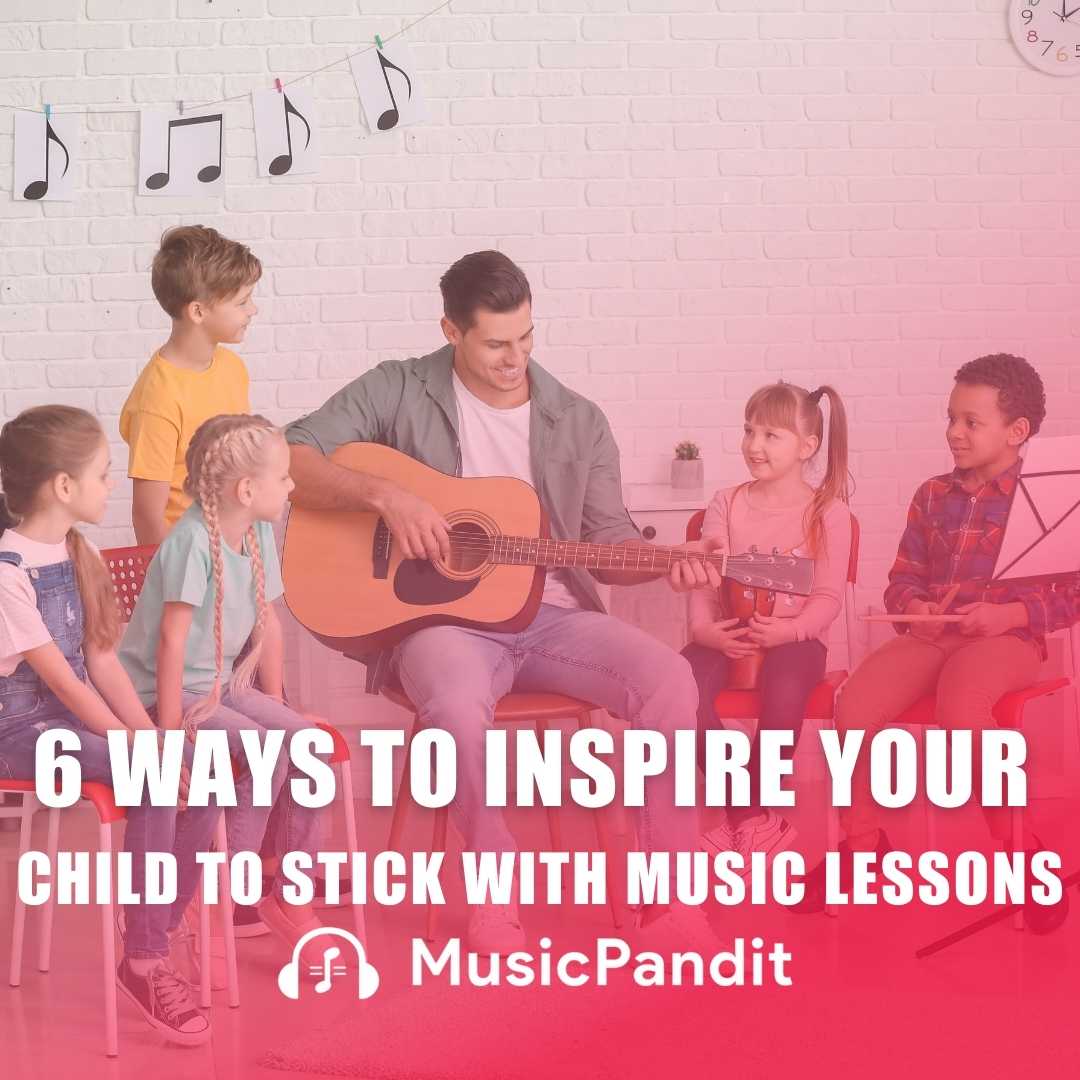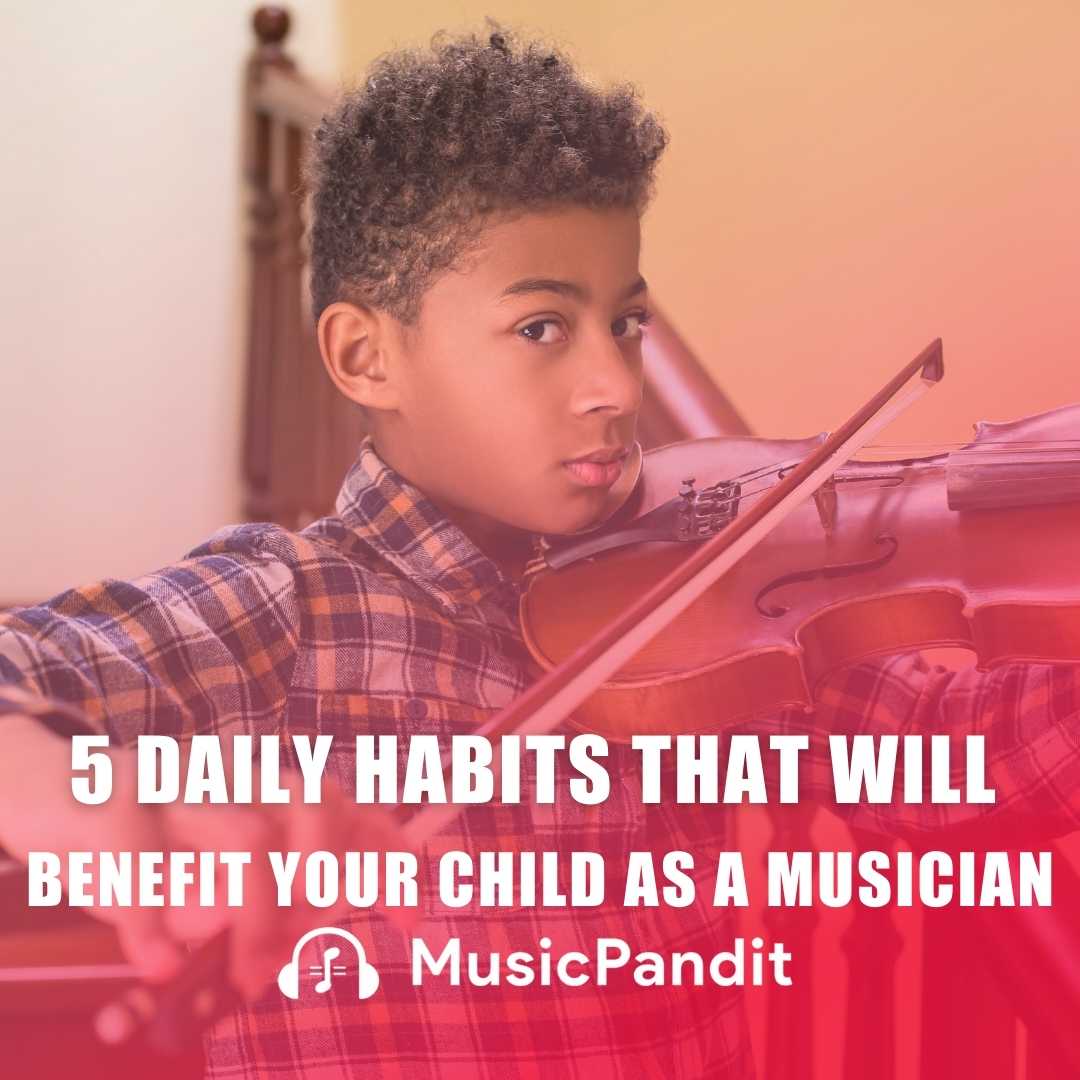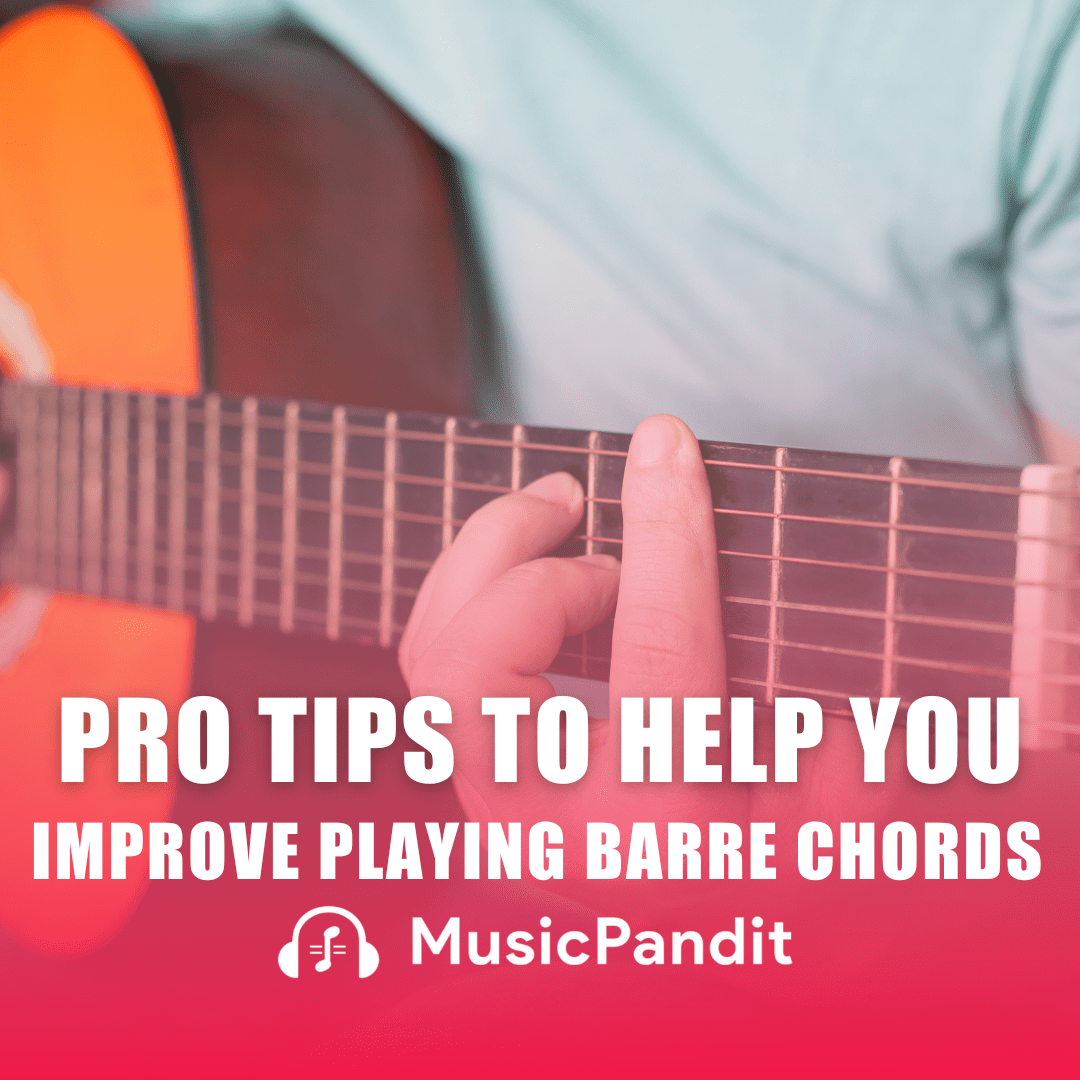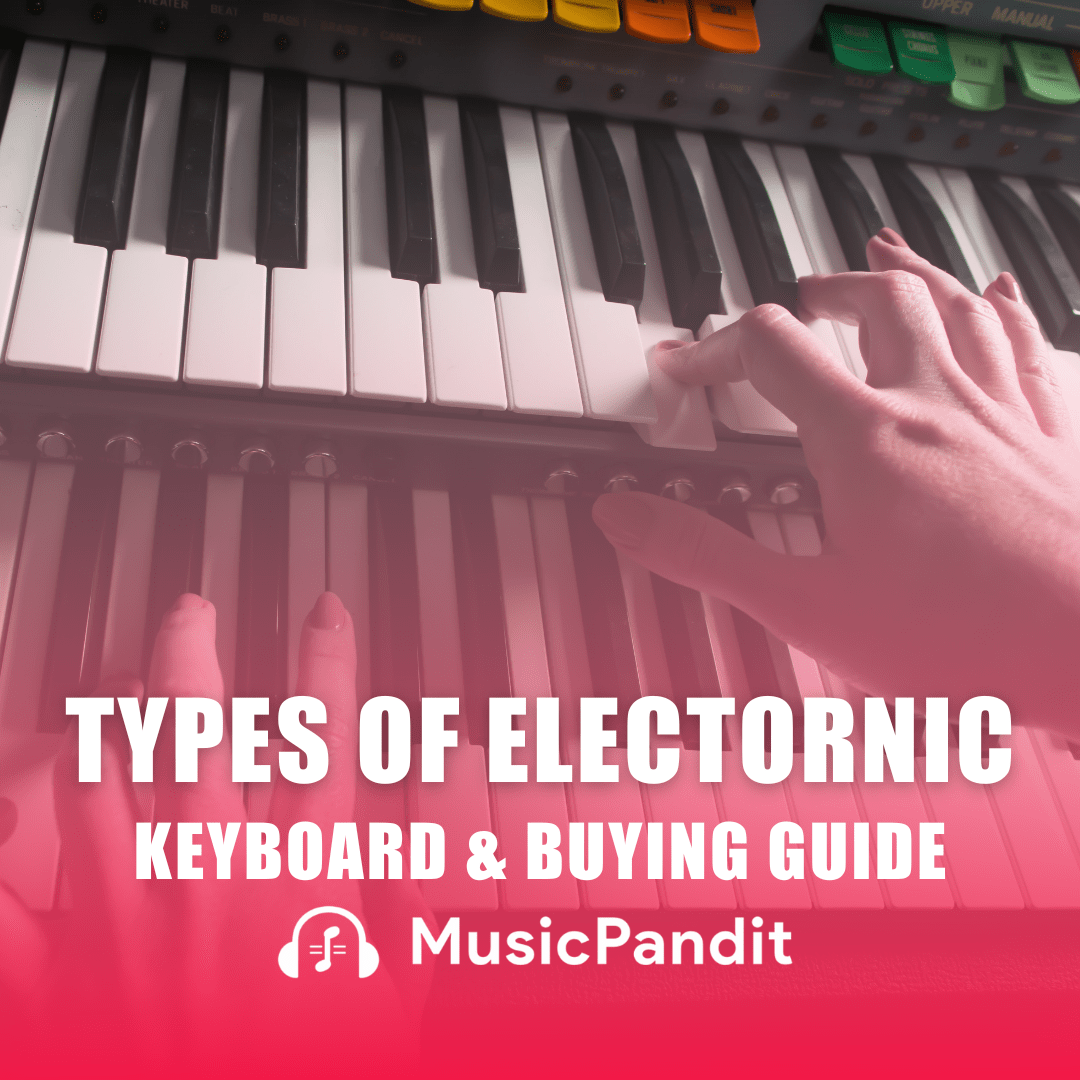Music has long been diagnosed as an established language that transcends limitations and connects human beings on emotional, cognitive, and even non secular ranges. It’s a powerful medium that could evoke reminiscences, stir feelings, and facilitate communique.
Along those lines, for youngsters with autism, a developmental circumstance that impacts social interaction, conversation, and sensory processing, music therapy emerges as a mainly powerful and enriching intervention. Let’s delve more into this topic in the following paragraphs.
Understanding the Needs of Children with Autism
Autism spectrum disease (ASD) is characterised by a wide range of demanding situations and strengths, making every man or woman unique in their reviews and competencies. Children with autism may show off difficulties in verbal and non-verbal conversation, social interaction, sensory processing, and behaviour law. However, they also possess strengths together with attention to detail, a sturdy affinity for workouts, and precise pastimes.
Understanding those desires is important when thinking about interventions like music remedy. Music has the potential to interact with youngsters with autism in ways that conventional strategies may conflict to achieve. Its multisensory nature, rhythmic shape, and emotional resonance can create a supportive and stimulating surroundings for gaining knowledge of, self-expression, and social connection.
Benefits of Music Therapy for Individuals with Autism
The blessings of tune remedy for people with autism are multifaceted and impactful across diverse domains of development:
- Communication: Music can function a non-verbal mode of communication, allowing children with constrained verbal capabilities to express themselves through sounds, gestures, or musical responses. It also can facilitate turn-taking, joint interest, and reciprocity in social interactions.
- Emotional Regulation: Music has a profound impact on feelings, assisting children regulate their mood, lessen anxiety, and manipulate sensory sensitivities. Calming melodies or rhythmic patterns can promote rest and self-soothing strategies.
- Sensory Integration: Many kids with autism revel in sensory processing differences, in which sure sounds, textures, or movements may be overwhelming or understimulating. Music therapy can provide established sensory input, assisting to regulate sensory responses and enhance sensory integration abilities.
- Motor Skills: Engaging with musical units or rhythmic activities can enhance nice and gross motor skills, coordination, and motor making plans. Playing instruments like drums, keyboards, or shakers involves hand-eye coordination, finger dexterity, and bilateral moves.
- Cognitive Development: Music stimulates cognitive capabilities together with attention, reminiscence, sequencing, and sample popularity. Learning songs, following musical instructions, and improvising melodies can enhance cognitive flexibility and hassle-fixing capabilities.
- Socialisation: Group track activities promote social engagement, cooperation, and peer interaction. Children can learn how to collaborate in musical ensembles, take part in group improvisation, and proportion musical stories with others.
Characteristics of Instruments Suited for Children with Autism
When selecting units for kids with autism, several traits make a contribution to a superb and engaging experience:
- Accessibility: Instruments have to be clean to play, control, and convey sounds with minimal attempt. Consider gadgets with simplified designs, large keys/buttons, or tactile improvements for sensory feedback.
- Durability: Choose gadgets that are sturdy and proof against harm, as youngsters may additionally exhibit repetitive behaviours or sensory-in search of inclinations throughout tune play.
- Sensory Considerations: Take into consideration the kid’s sensory preferences and sensitivities. Some kids may additionally prefer smooth, gentle sounds, whilst others might also revel in more rhythmic or percussive factors.
- Visual Appeal: Incorporate visually engaging devices with vivid colours, exciting shapes, or interactive functions. Visual stimuli can beautify motivation and interest at some stage in tune classes.
- Versatility: Opt for gadgets that offer a number of sounds and playing techniques. This lets in for exploration, creativity, and addition to personal preferences and abilities.
Factors to Consider When Choosing an Instrument
When selecting an device for a child with autism, keep in mind the following elements:
- Individual Preferences: Take under consideration the kid’s pastimes, sensory sensitivities, and motor abilities. Offer alternatives and look at their responses to one-of-a-kind gadgets to determine what resonates with them.
- Therapeutic Goals: Align the tool choice with particular healing desires, along with improving pleasant motor skills, enhancing auditory processing, selling emotional expression, or facilitating social interaction.
- Adaptability: Choose contraptions that may be adapted or changed to accommodate varying talent levels, sensory wishes, or mastering styles. For instance, adding visual cues, using adaptive tools, or adjusting playing techniques.
- Safety: Prioritise safety issues through deciding on age-suitable gadgets, warding off small elements or choking hazards, and supervising play to save you injuries or misuse.
- Consultation: Seek input from song therapists, educators, or healthcare experts skilled in operating with youngsters with autism. They can offer treasured insights and tips based totally on the child’s individualised desires and dreams.
Recommended Instruments for Children with Autism
While the great tool for a kid with autism relies upon on their particular characteristics and therapeutic desires, numerous contractions are normally endorsed in music remedy settings:
- Percussion Instruments: Drums, tambourines, maracas, and handheld percussion contraptions offer tactile remarks, rhythmic stimulation, and possibilities for innovative expression. They may be specially enticing for youngsters with sensory-searching for behaviours.
- Keyboards/Pianos: Keyboards with adjustable settings, visible aids (which includes colour-coded keys or LED lighting), and built-in rhythms/tool sounds can support gaining knowledge of, improvisation, and sensory exploration. Adaptive keyboards with large keys or tactile overlays are also available.
- Wind Instruments: Instruments like recorders, harmonicas, or simple flutes can promote breath manipulation, oral motor capabilities, and auditory discrimination. Choose contraptions with reachable fingering and take into account using visible publications for getting to know.
- String Instruments: Ukuleles, guitars, or violins may be brought progressively, specialising in strumming patterns, finger positioning, and sound production. Consider smaller-sized gadgets, lightweight strings, or opportunity tunings for ease of play.
- Adaptive Instruments: Explore adaptive or specialised units designed specially for youngsters with disabilities. These might also include changed drum sets, sensory-friendly keyboards, or adapted string contraptions with simplified capabilities.
Overcoming Challenges: Strategies for Effective Music Engagement
Engaging children with autism in music therapy might also present demanding situations, however with strategic techniques and supportive environments, it may result in significant progress and enjoyment. Here are some techniques for effective tune engagement:
- Create a Calm and Structured Environment: Establish a quiet, organised area loose from distractions at some stage in song periods. Use visual schedules, timers, or cues to indicate transitions and expectancies.
- Provide Predictability and Routine: Structure music sports with predictable exercises, familiar songs, and clear commands. Gradually introduce new factors whilst keeping an experience of familiarity and luxury.
- Use Visual Supports: Incorporate visual helps such as picture playing cards, symbols, or written lyrics to decorate knowledge, verbal exchange, and participation. Visual aids can clarify expectancies, spark off responses, and give a boost to getting to know.
- Offer Choice and Control: Empower youngsters by means of providing picks in tool selection, track options, or pastime alternatives. Respect their alternatives and autonomy, permitting them to express themselves through music.
- Focus on Sensory Integration: Incorporate sensory-pleasant substances, textures, or props into song activities. Use calming music, gentle actions, or rhythmic patterns to regulate sensory enter and promote relaxation.
- Encourage Participation: Encourage energetic participation through interactive sports together with call-and-reaction, echo singing, or tool play-alongs. Use activities, modelling, and positive reinforcement to encourage engagement.
- Facilitate Social Interaction: Create opportunities for social interaction and collaboration thru group music-making, turn-taking, and shared musical stories. Encourage listening, communication, and cooperation among peers.
- Adapt Activities: Modify track activities primarily based on person needs, choices, and capabilities. Adjust pacing, complexity, or sensory centre as needed to make sure a cushty and enjoyable experience for each baby.
- Incorporate Movement: Integrate movement and dance into tune periods to sell gross motor abilities, body awareness, and self-expression. Use music with various tempos, rhythms, and patterns to inspire distinct movement patterns.
- Celebrate Progress: Recognize and have fun achievements, regardless of how small. Provide effective feedback, encouragement, and reinforcement to construct self belief, motivation, and an experience of achievement.
Summing it up!
In the end, music remedy gives a wealth of benefits for children with autism, encompassing emotional, cognitive, social, and bodily components of improvement. Through tune, youngsters with autism can locate avenues for self-expression, conversation, and reference to others. Selecting the right gadgets, incorporating therapeutic techniques, and creating supportive environments are key elements in harnessing the power of music remedy.
Parents, caregivers, educators, and therapists play pivotal roles in facilitating significant music reports for kids with autism. By understanding each toddler’s particular needs, choices, and goals, they can tailor track interventions to maximise engagement, mastering, and entertainment. Music remedy isn’t always most effective, approximately skill improvement however also approximately fostering creativity, self-confidence, and a lifelong love for track.
As we keep exploring the capability of track therapy in supporting people with autism, it’s essential to suggest inclusive practices, reachable resources, and ongoing research in this discipline. Together, we will create a harmonious and enriching environment where each child has the opportunity to thrive and express themselves through the accepted language of music.

